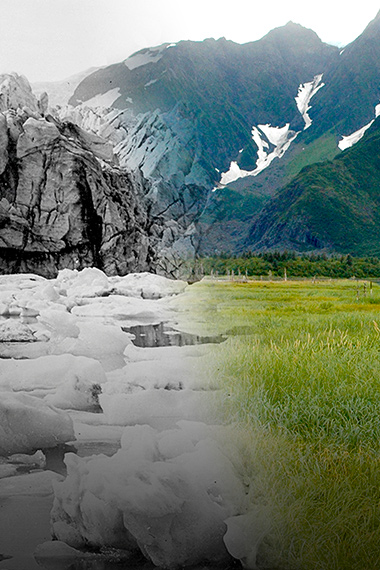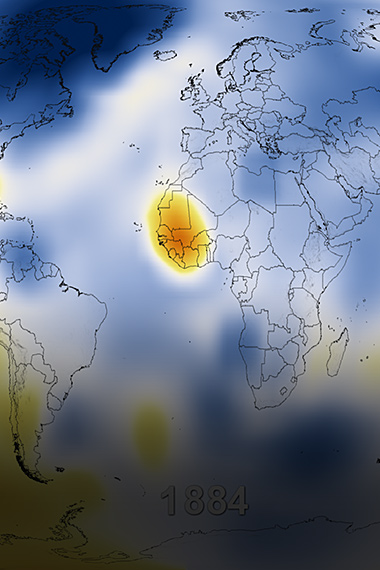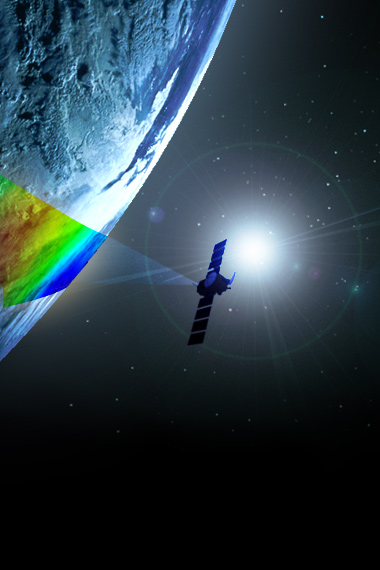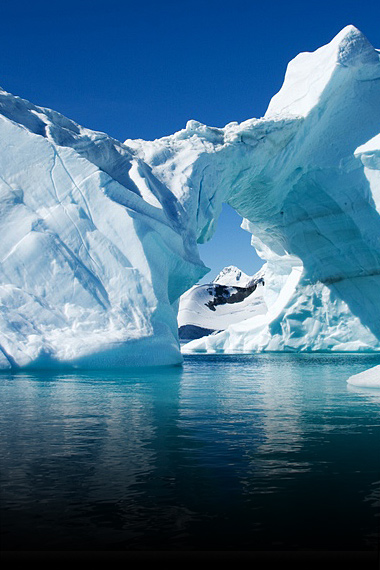MULTIMEDIA
Video: Sting of Climate Change
By comparing bee data to satellite imagery, NASA research scientist Wayne Esaias uses honey bees as tiny data collectors to understand how climate change is affecting pollination and plants.
Credit
NASA Scientific Visualization Studio






























